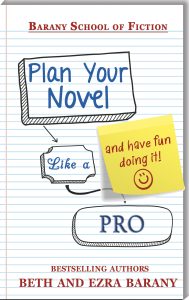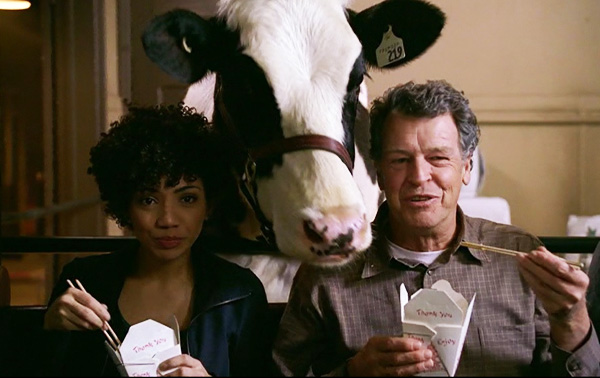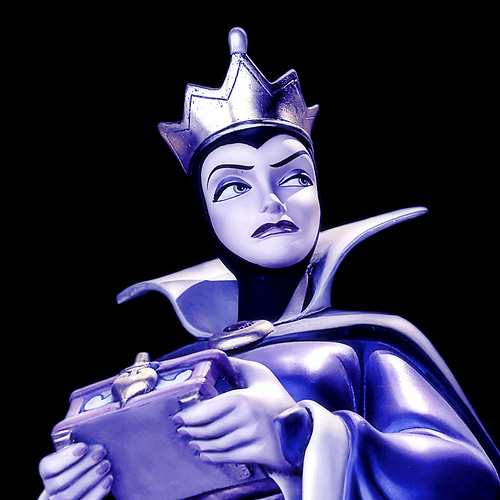Essential Character Tips for Fiction Writers
Today’s guest post is by Beth Barany.
No matter if you’re a plot-driven or character-driven writer, your characters need to feel real so that your readers can connect with and care about them.
If you’re pressed for time or just want to get to the essentials, I recommend these three essential characters tips. By no means are these tips exhaustive. I cover many more brainstorming tools for character and for plot in our newest book for writers, Plan Your Novel Like A Pro, from which this article is adapted.
Tip #1: What Does Your Main Character Want?
What does your character want?
Stories are built on characters and their journey to get what they want. Your job to put obstacles in the character’s way so he can’t easily obtain what he wants. (Otherwise there would be no story.)
Once the roadblocks are built, you’ll create a resolution where the character may or may not overcome the obstacle. Usually in genre fiction, you’ll create a happy resolution, but you don’t have to have a happy ending, of course. It’s your story.
What kind of story goal could you have?
Most good stories have two types of goals: an external one and an internal one.
An external goal, as the name states, is something outside your character, a tangible that could be anything from getting a job done to saving the world. Most importantly, this external goal needs to be enough of a challenge to carry your story, perhaps coming from your character’s yearning, and it needs to be relevant for your genre.
For example, in the third book of my epic fantasy series, Henrietta and the Battle of the Horse Mesa, I needed to create a big goal for my main character that befitted the final book in a series. But first, she had an initial goal: to return a six-year-old boy to his mother, even though a multi-kingdom war was brewing.
Henrietta’s bigger goal was to decide whether or not she should lead the army, and if she decided yes, then she had to figure out how to do that.
Your main character also needs an internal goal. This is an internal experience to your character. Perhaps your character wants respect, admiration, or to love and be loved. The internal goal usually reflects a deep need all humans desire. Knowing what this is and coming up with ways you can manifest this in your character’s circumstances will connect readers to your character.
For example, Henrietta the Dragon Slayer is not that deep a thinker, but she does want respect. Most importantly, she wants freedom. In fact, she has two competing internal desires—for freedom and to do the responsible thing. These competing internal desires are one of her big challenges. I’ll get to challenges in a moment.
In your story, what does your character want?
- Her external goal
- Her internal goal
Once you know your character’s goals, then you need to know why she wants what she wants. This will help you create a three-dimensional understanding of your character and your story.
Tip #2: Why Does Your Character Want What He Wants?
When getting at what drives your characters to want what they want, their motivation, I find it works best to interview them.
Ask your character, “Why do you want this thing so badly?” and “What will having that do for you?”
With each new reply, ask again, “What will having that do for you?” until you get to what feels like the core of his desire, his core motivation.
For example, I asked Henrietta, “Why do you want to return the boy Antoine to his people so much? What will having that do for you?”
I discovered she felt a sense of obligation.
Then I asked, “You feel a sense of obligation? Once you’ve delivered the boy, then I guess that sense of obligation will be relieved? Again, what will having that do for you—to deliver the boy to his mother?”
Henrietta’s reply: She won’t be treated like a mother anymore and no longer will have this little boy hanging on her. She’s a seventeen-year-old warrior woman, her whole life in front of her. Time enough to be a mother later, much later.
I kept asking, “What will having that do for you, once you’re relieved of this pretend motherhood?” I discovered under that was a belief she had about herself: “I could never be a mother.” Now I understood that she was driven by a rejection of the possibility of motherhood.
I kept going. “Henrietta, what will having that do for you?”
Underneath that, I discovered her sadness, that she really would love to be a mother and would love to have a family. But because she was a warrior, she didn’t think it was for her. She’d created a rule for herself she couldn’t break.
Just by asking this question again and again, “What will having that do for you?” you can uncover complicated juicy material that motivates your character. This kind of complexity helps make your characters feel real to your readers.
When you ask, “What will having that do for you?” notice that the replies come from your subconscious where all our stories reside.
So far, we’ve talked about your character’s goals and what motivates her to want those goals. Our first two essential character tips. The third essential character tip is about conflict.
Tip #3: What Stands in Your Character’s Way: Conflict
I approach conflict in an atypical way because I’m a character writer.
I first encountered conflict, or lack thereof, when my critique partners said to me, “Beth, your characters are so sweet, but you have to make bad things happen to them. Otherwise, you don’t have a story.”
I had a hard time understanding conflict. Through lots of trial and error, I discovered the exercise of asking my character, “What are you afraid of?”
This question helped me uncover possible conflicts for my characters.
If you know what scares your character, then you can incorporate that into your story as conflict.
As a brainstorming tool, I created an exercise I call the “List of 20.”
Here’s how you can use it: Write the numbers 1 through 20 on your page. Then set a timer for ten minutes, usually a good amount of time to complete this exercise.
Next, list all the fears that your main character has. Just move the pen across the page or fingers across the keyboard. It’s okay if you repeat things. It’s okay if there’s no discernible order. Just write, write, write.
In doing this exercise, what I discovered is that my brain organizes my character’s fears in order of normal, or obvious fears, to deeper and bigger fears. The first time I did this exercise, I was super happy and very surprised because I had discovered a way to create a story outline.
For example, as I was brainstorming Henrietta and the Battle of the Horse Mesa, I asked myself, “What are Henrietta’s fears?”
One of her fears was that she would lose Franc, her companion. At the beginning of the story, they were traveling together, so it was an obvious fear. She cared deeply for him and didn’t want their companionship to end. What if something bad happened to him?
I got excited when this fear came to me. Losing Franc could occupy a whole section, maybe even the whole book. Ideas about what she would do if she lost Franc came tumbling in.
Since I was drafting my List of 20 and needed to come up with more ideas, I asked myself, “What else is she afraid of? What could be worse than that?”
Some other ideas I uncovered: She was afraid of being under the thumb of anyone in authority, so what if she had to ask someone in authority in this new territory for help? That would make finding Franc harder. Good!
That’s what we want for our characters—for things to get worse before they get better.
But I still didn’t have twenty fears. I kept asking, “What else is she afraid of?”
She was afraid of looking stupid because she was a smart-mouth. She was in a territory she didn’t know. Everything in her environment could cause her problems. By the time I finished my List of 20, I had plenty of problems to fill out my story, all based on Henrietta’s fears.
 To Recap: Brainstorm Your Main Character’s Goals, Motivations, and Conflicts
To Recap: Brainstorm Your Main Character’s Goals, Motivations, and Conflicts
Brainstorm to uncover each of your main characters’ inner and outer goals, inner and outer conflicts, plus corresponding motivations for each goal.
What will you uncover about your characters when you brainstorm their goal, motivations, and conflicts? Let me know! And happy writing!
Note from C. S.: Want to learn more about crafting terrific characters? Take Beth’s online video course. Enroll HERE!
 Award-winning fantasy novelist, Master NLP Practitioner, and certified creativity coach for writers, Beth Barany runs Barany School of Fiction, a full suite of courses designed to help genre fiction writers experience clarity and get writing, so they can revise and proudly publish their novels to the delight of their readers. She’s also the author of books for writers, including Plan Your Novel Like A Pro, cowritten with her husband, thriller writer Ezra Barany. Connect with Beth via her blog, Writer’s Fun Zone or on Twitter: @Beth_Barany.
Award-winning fantasy novelist, Master NLP Practitioner, and certified creativity coach for writers, Beth Barany runs Barany School of Fiction, a full suite of courses designed to help genre fiction writers experience clarity and get writing, so they can revise and proudly publish their novels to the delight of their readers. She’s also the author of books for writers, including Plan Your Novel Like A Pro, cowritten with her husband, thriller writer Ezra Barany. Connect with Beth via her blog, Writer’s Fun Zone or on Twitter: @Beth_Barany.












Great tips, Beth. I still remember a conference where I attended your session–got so much out of it. This post is why.
Thanks, Jacqui! Glad you got so much out of this post and the conference session. Thanks for stopping by.
Just read your post. Thank you for helping me organize the conflicts in my science fantasy story. My young protagonist has significant reasons for her fears and now after my List of 20, I clearly see how one story can become at least two more.
John, How cool. I love how you discovered how one story can become at least two more. Hurrah for the List of 20, one of the most useful brainstorming tools I use and recommend. And you’re so welcome. Glad I could help you organize the conflicts in your science fiction story. Thanks for stopping by.